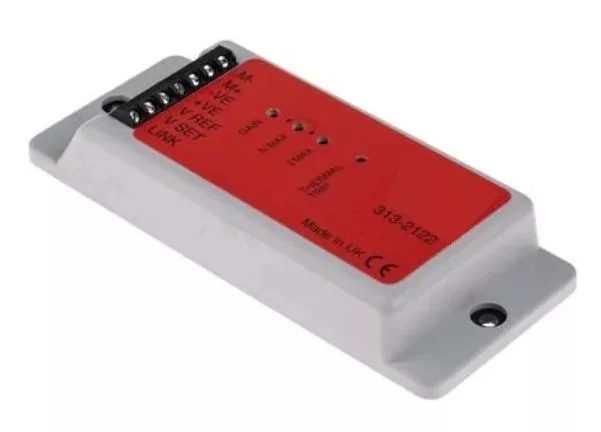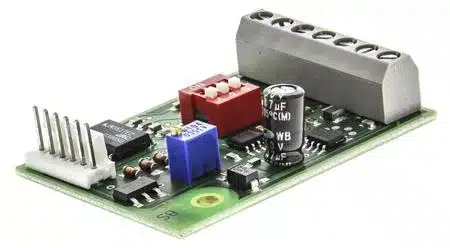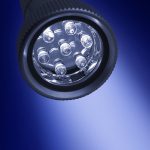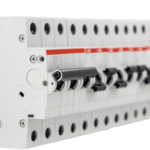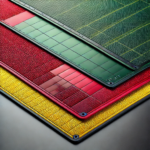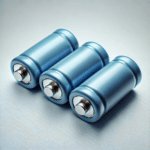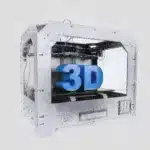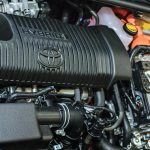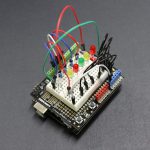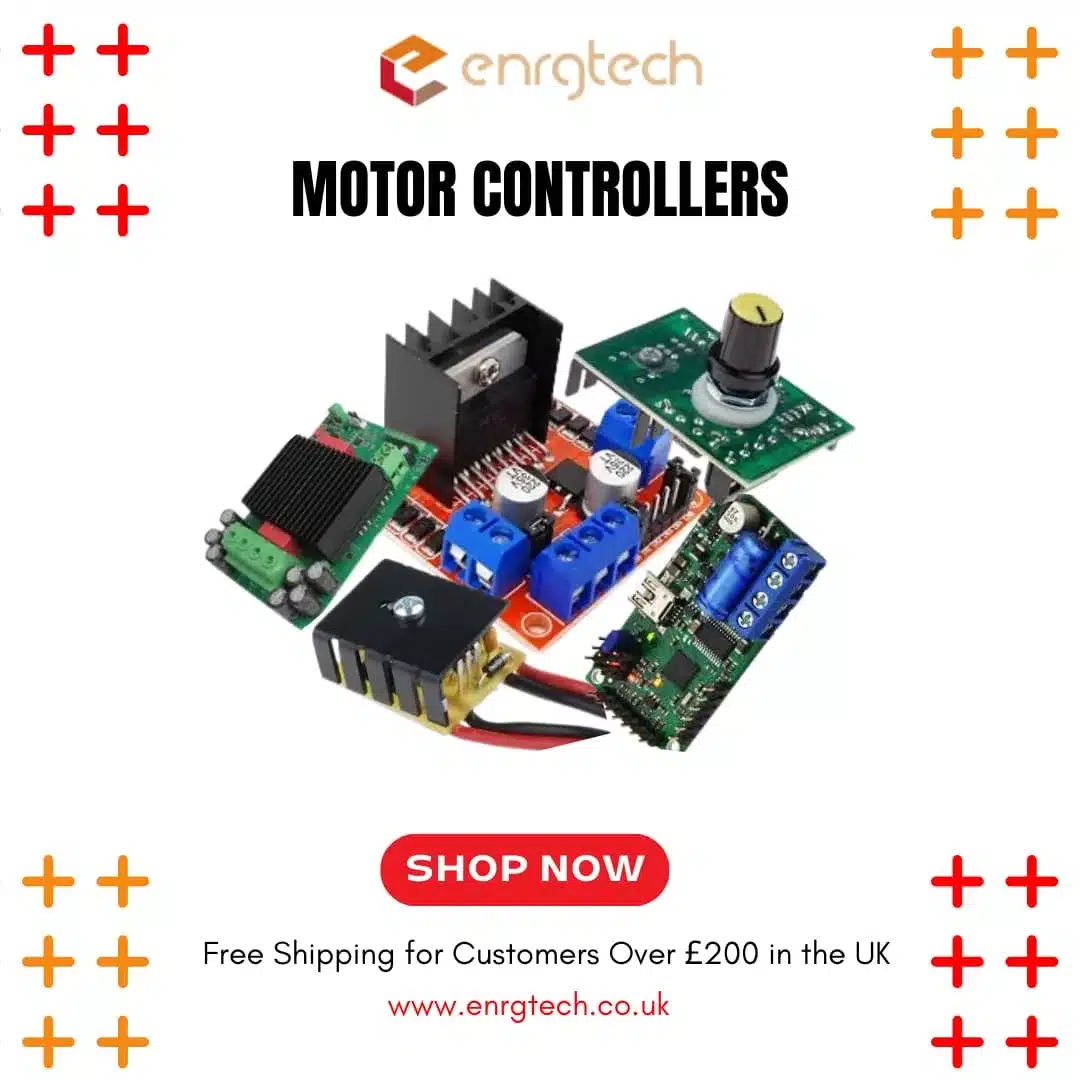
Introduction
Electric motors are ubiquitous, powering a range of household appliances and industrial machinery. However, simply connecting a motor directly to a power source isn’t always the most efficient or effective way to operate it. This is where motor controllers come in: high-performance devices that optimise the performance of various operations by providing motors with a range of control options. This article discusses the fundamentals of motor controllers, explaining how they enhance the efficiency of electric motors across various applications.
What is a Motor Controller? Definition & Key Functions
Motor controllers, often called speed controllers, are electronic devices with built-in logic circuitry designed to regulate the performance of electric motors. However, these controllers allow precise control over various parameters and ensure the motor operates efficiently and safely. A motor controller is essential to harness the full potential of an electric motor, tailoring its operation to specific needs. These multifunction devices can perform a range of crucial functions, including:
- Speed Control: Adjusting the motor’s speed to match the demands of the application.
- Torque Control: Regulating the rotational force produced by the motor.
- Direction Control: Controlling the direction of rotation (forward, reverse).
- Starting and Stopping: Smoothly starting and stopping the motor, often with controlled acceleration and deceleration.
- Protection: Protecting the motor from overcurrent, overvoltage, and other potentially damaging conditions.
- Efficiency Optimisation: Minimising energy losses and maximising the motor’s efficiency.
- Monitoring and Diagnostics: Providing information about the motor’s performance and identifying potential issues.
How Motor Controllers Enhance Motor Efficiency?
Motor controllers are significant in improving the efficiency of electric motors in various ways, such as:
Optimising Power Consumption: Motor controllers allow variable speed control based on load requirements. They ensure the motors don’t operate at full capacity when it’s not required, thus minimising energy wastage and reducing electricity costs.
Reducing Heat and Mechanical Wear: Soft starters and speed controllers help prevent sudden starts and stops. This reduces mechanical stress, overheating, and wear on motor components.
Enhancing Precision and Performance: Servo and stepper motor controllers allow accurate movement and positioning, improving productivity and operational efficiency in automated systems.
Extending Motor Lifespan: Precision control of various parameters with protective features such as overload protection, fault detection, and thermal management help prevent damage and extend the motor’s life.
Main Types of Electric Motor Controllers: Exploring Their Options
Motor controllers come in a variety of types based on the type of motors they control and their controlling mechanisms. The main types include:
AC
These controllers are used with AC motors widely used in industrial applications. They are further categorised into variable frequency drives (VFDs) that control the speed by varying the motor’s power supply frequency. Other subtypes include soft starters, DOL starters, and servo controllers. AC motor controllers regulate the speed, torque, and direction of AC motors used in pumps, fans, electric vehicles, and industrial machinery.
DC
Unlike AC motor models, DC motor regulators adjust the voltage or current supplied to DC motors. They utilise methods such as pulse-width modulation (PWM) to control motor speed and torque in robotics, electric vehicles, and other industrial applications. DC controllers come in either brushed DC motor controllers or brushless DC (BLDC) motor controllers.
Servo
Servo controllers are sophisticated devices designed to regulate the precise moment of servo motors. They use feedback from the motor to ensure the motor moves accurately and precisely to the desired position. Servo controllers are used in robotic applications, CNC machines, and automation applications where precise movement is required.
Stepper
These controllers are designed for stepper motors, enabling precise control of the motor in terms of steps. They can control the rotation angle and speed of the motor and are used in a variety of applications, including 3D printing, CNC machining, and robotics.
Key Technologies Used in Motor Controllers
Electric motor controllers utilise key technologies to ensure efficient and precise motor operations. Among various technologies, pulse width modulation (PWM) is a fundamental technique that regulates motor speed by adjusting the duty cycle of the voltage supply, reducing power loss and enhancing efficiency. Other notable technologies include field-oriented control, sensor-based and sensorless control, and advanced AI and IoT control technologies.
Motor Controllers vs. Motor Drivers: Key Differences
Motor controllers and motor drivers are both essential components in controlling electric motors, but they serve different purposes. A motor driver is essentially a high-current amplifier that uses larger chips to control massive loads. It acts as an intermediary between the microcontroller and the motor, handling the power requirements of the motor.
On the other hand, a motor controller is a more integrated solution that combines the functionality of a motor driver with additional control logic. With capabilities to control multiple parameters, it also incorporates feedback mechanisms for precise control. In short, a motor driver is a basic building block for motor control, while a motor controller offers a more complete and sophisticated solution.
Takeaway
Motor controllers lie at the heart of enhancing electric motor efficiency, providing precise control, energy savings, and system protection. These multifunction devices come in various types and utilise multiple technologies to achieve maximum performance and sustainability. By carefully selecting and configuring the right controller for the application, businesses and homeowners alike can reap significant benefits—from lower utility bills to longer motor lifespans.






